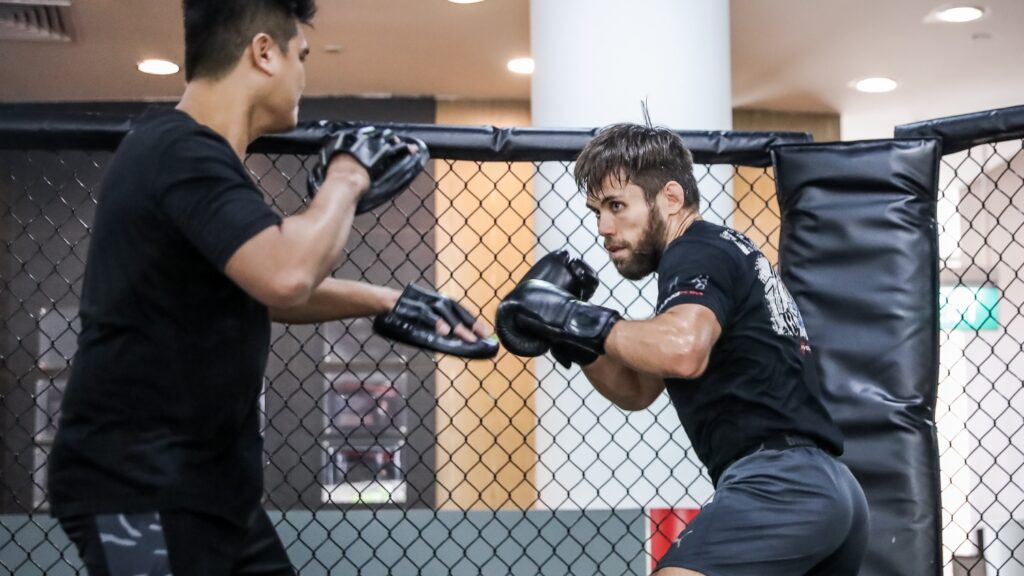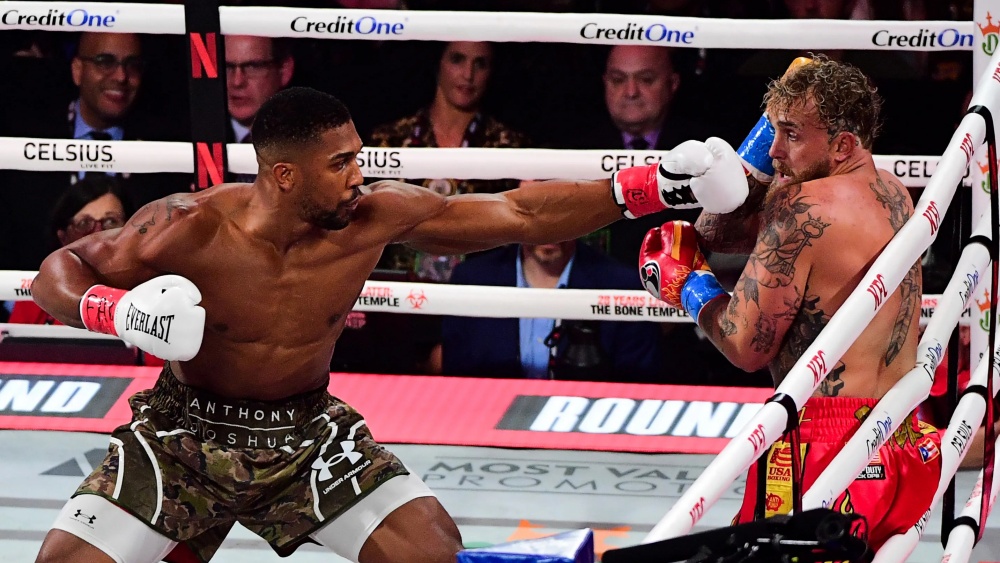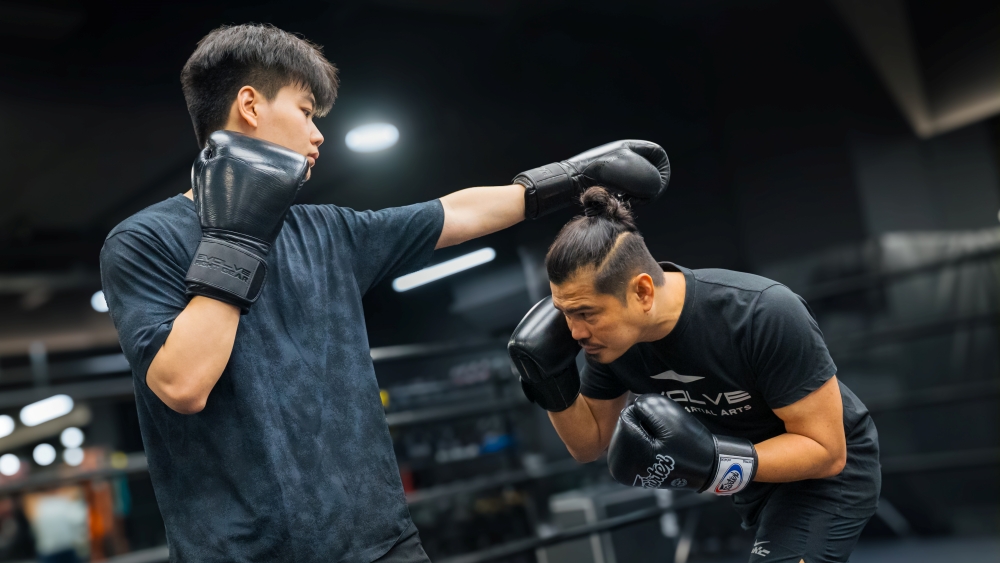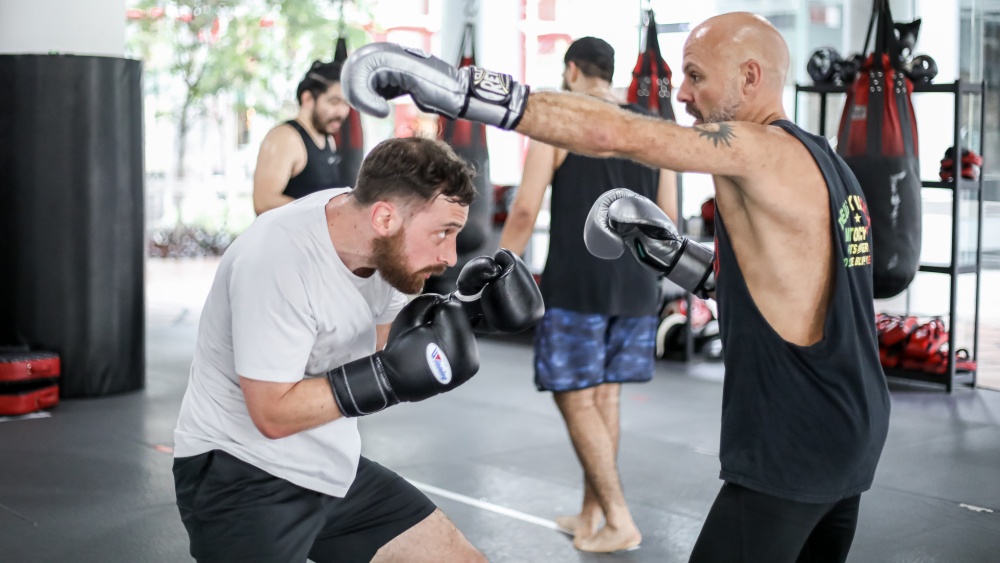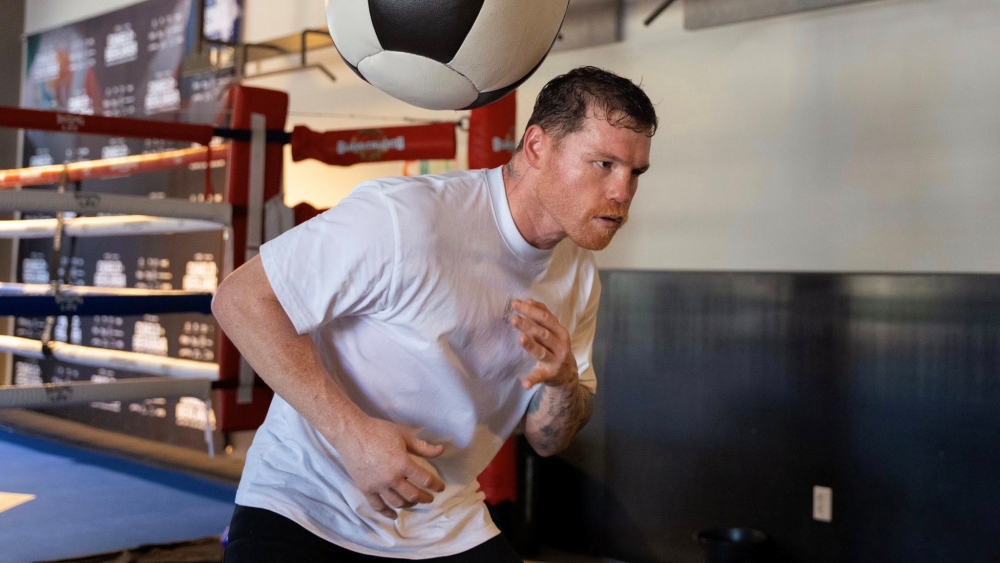At the highest levels of boxing, the elite boxers have incredible defense. They are able to block and parry most punches with high efficiency. And in case an opponent’s offense gets through, they have great head movement, which allows them to slip punches.
This is an essential component of your defensive skills. As a boxer, the name of the game is to hit and not get hit. That is the art of pugilism. If you work on it hard enough, your ability to slip and evade punches will greatly improve.
The best thing about being able to anticipate punches is that it can be trained. With a combination of constant head movement, expert footwork, reflexes, and fight IQ, you too can gain the ability to anticipate punches and reduce the damage you take.
At your current level, there may be certain aspects of boxing that you need to pay attention to, in order to improve your punch anticipation. We’ve come up with a breakdown of four very important things to watch out for. Once you start training these aspects of your game, you will no doubt notice a sharp increase in your foresight.
Today, Evolve Daily shares four ways to better anticipate punches on defense.
1) Pay attention to foot positioning
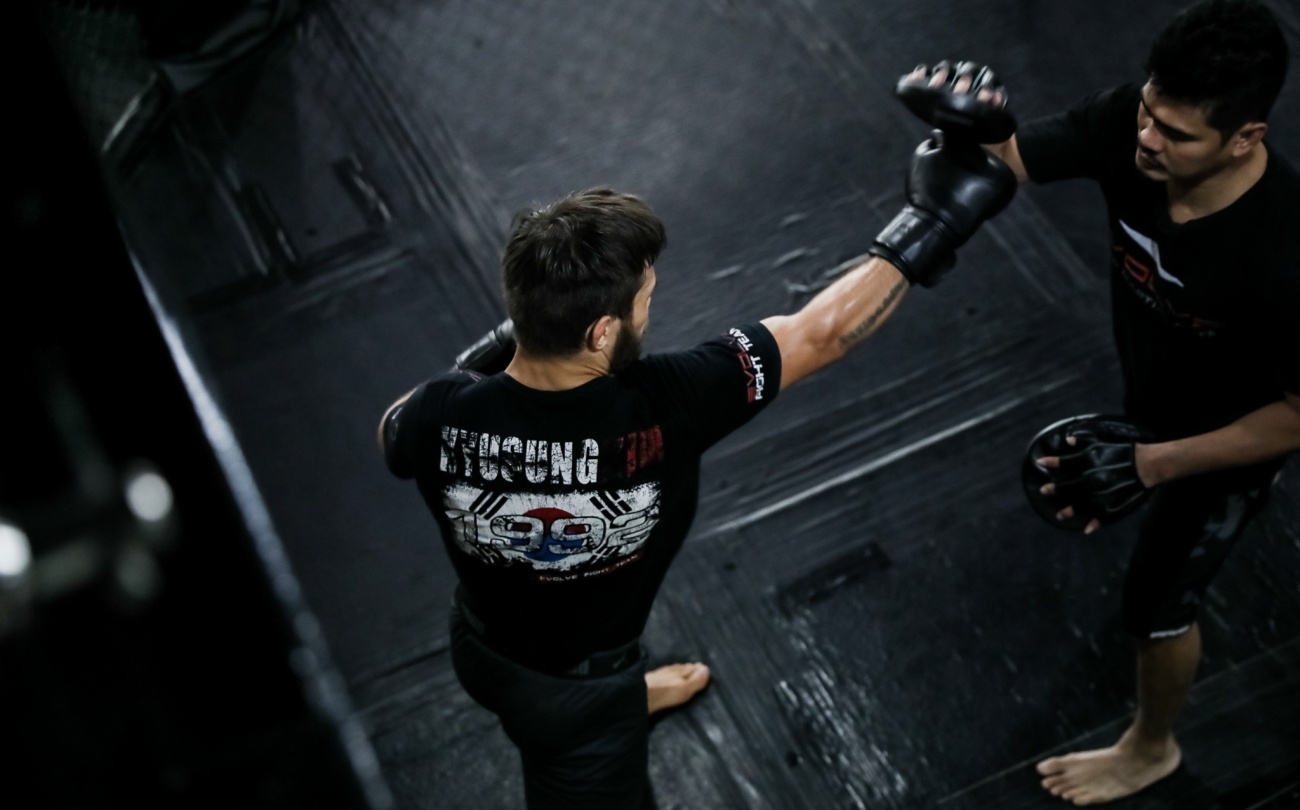
If you’re a beginner in boxing, you may not realize it, but there is a constant battle for foot positioning. Whoever wins this battle, usually delivers his/her offense more fluidly and has a higher connect rate.
The general rule is that you keep your lead foot positioned outside of your opponent’s lead foot. This will ensure you are in prime position to deliver your power punches, and that they have a good chance of successfully landing on the intended target. This also allows you to maintain a good center of balance, and even absorb punches better.
Keep in mind, however, that your opponent will also be jockeying for lead foot position. That’s why the battle is constant, and lasts the duration of every fight. If you notice your opponent winning the battle for foot positioning, then his/her combinations aren’t far away.
The better you understand how foot positioning works, the easier it will be for you to anticipate your opponent’s punches.
2) Understand the lines of attack
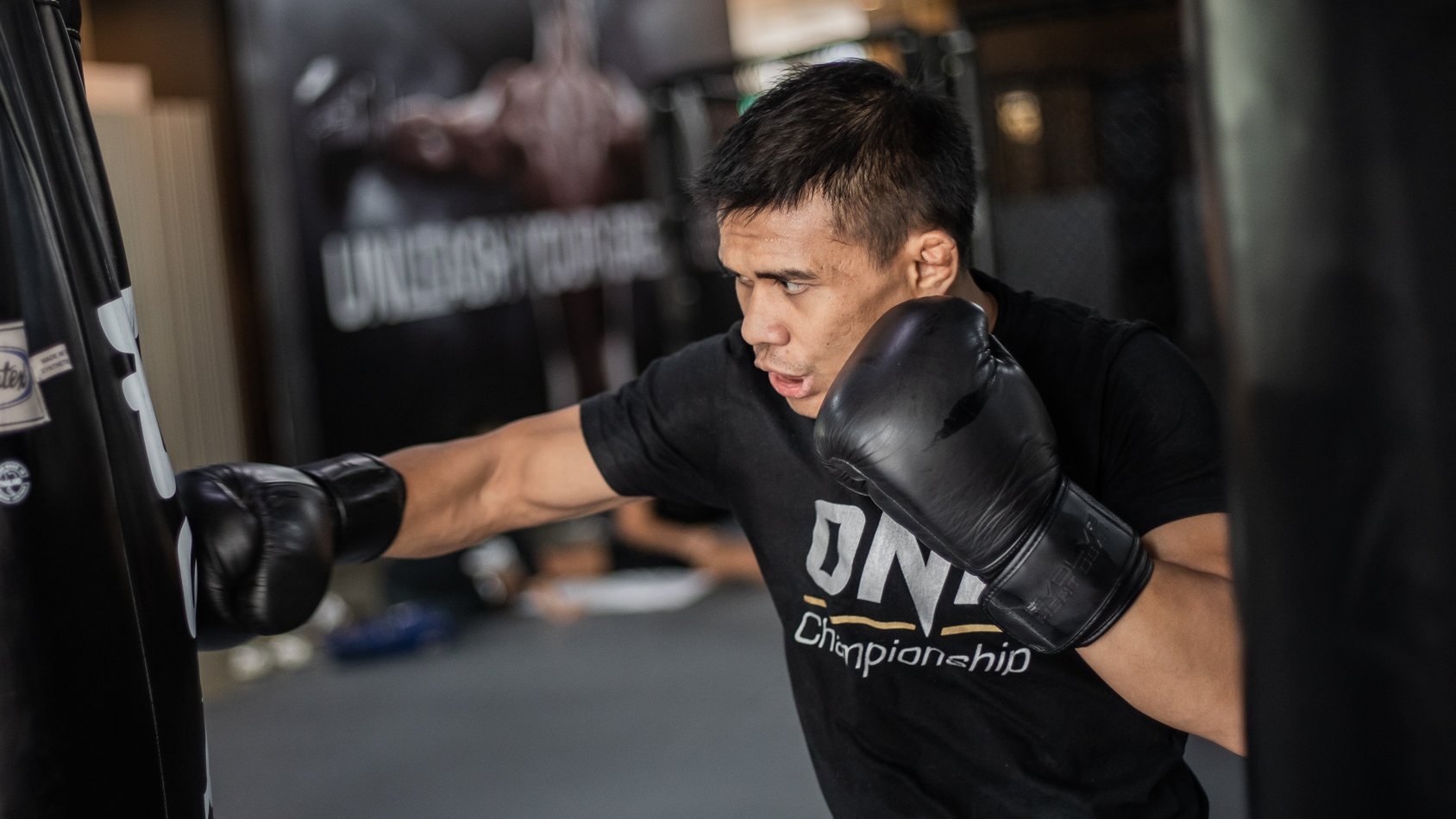
The centerline is very important in boxing. When two boxers face each other, the middle of their bodies square up and this creates the centerline. Straight punches and combinations are generally thrown down the centerline. This gives them a higher chance to connect.
To defend against an opponent’s offense, you have to constantly move off the centerline, to reduce the connect rate. When your body is off the centerline, you’re outside of the danger zone. Even if punches connect, they won’t do the same damage as if you were squared up.
This is why boxers are always taught by their coaches to move in angles. And it isn’t only just for defensive purposes. Moving in angles and away from the centerline can put you in a better position to throw your combinations.
Once you gain a mastery and fully grasp of the lines of attack, you can anticipate punches better.
3) Identify tendencies and habits
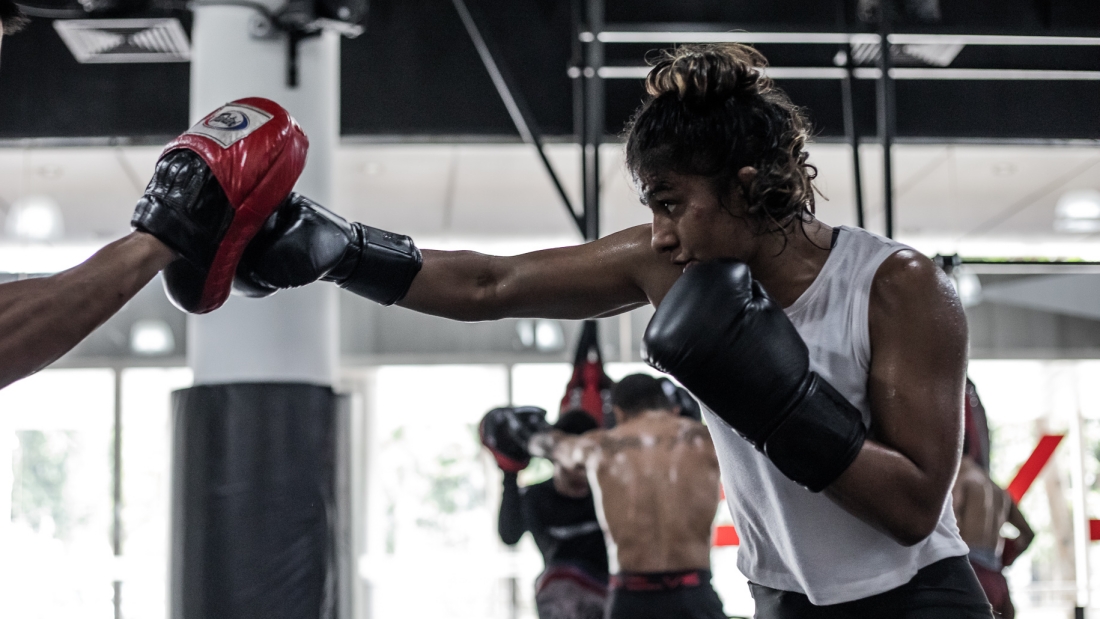
There is no such thing as a fundamentally perfect boxer. Everyone makes mistakes in the ring. The very best, however, limit their mistakes, which provide very little openings and opportunities for punches to land.
If you can identify the certain tendencies and bad habits your opponents are guilty of in the ring, then you can better capitalize on these openings.
On offense, it is similar. There are certain tendencies and habits your opponents have when it comes to throwing punches. If you can identify these subtle clues, then you can better anticipate when their punches are coming.
For example, some boxers like to throw punches from a certain range. By then identifying what that range is, you can anticipate that they will launch their offense once they hit that range. Other minute details such as cocking the elbows before throwing a punch, or lowering their guard, are all very important when it comes to deciphering a particular opponent’s rhythm.
Of course, your ability to make the necessary adjustments is crucial in this regard.
4) Control the distance
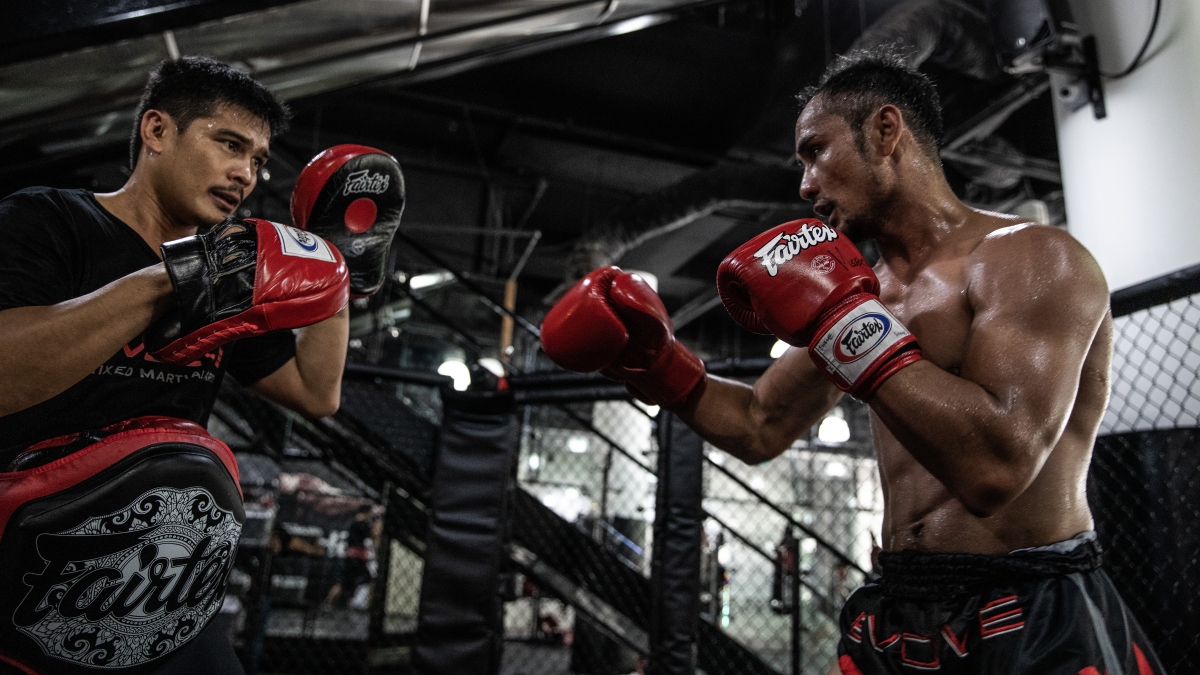
Last but certainly not the least, you can improve your punch anticipation by gaining better control of distance. When you control distance and pace, you can manipulate your opponents’ offensive output.
If an opponent likes to operate on the inside and is a pressure fighter, you can control distance by staying outside of punching range, using your jab to thwart any attempts to close the gap. At the same time, you can circle away from an opponent’s power shots, diminishing their effect, while unleashing fast and powerful counters as deterrence.
Similarly, if an opponent prefers to operate from the outside, you can control the distance by working to get in close range. Always move forward behind your combinations to avoid taking damage.
Using your ring intelligence, you can discern what your opponent’s optimal offensive range is, and make a constant effort to stay outside of it.
By controlling the distance, you can see punches coming before your opponents even throw them.
If you enjoyed this article, you may also like:
5 Boxing Drills To Do At Home During The Circuit Breaker Period
